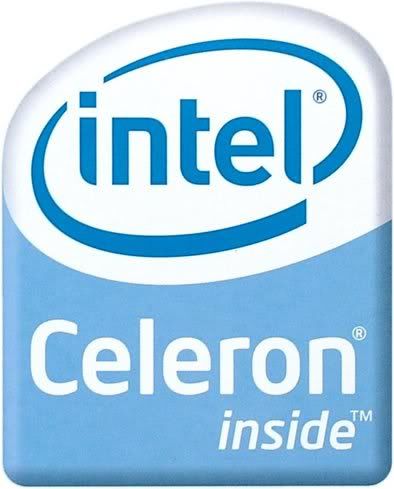
And the situation developed exactly for this scenario - Celeron has always belonged to the family budget, but in terms of technical characteristics, they have never tried at least for some parameters compared with the "full" processor, due to the fact that he had always been their "cuts" . Is that at the time of transition from Pentium III to the Pentium 4 in this brand opened its second wind. Just because the kernel Willamette was, shall we say, not very good, the attractiveness of the platform is also the first time reduces the need to use expensive memory such as RDRAM, but the Celeron were all on the same platform, soon moving to a new kernel to the custom 130 nm ( 180 nm against Willamette and the old Pentium III), but also observed so many cache, which was a Pentium III. As a result, for some problems "budget" processor began to approach better than some top models. However, skewed then quickly eliminated: updated kernel North wood dramatically increased the attractiveness of the Pentium 4. Yes, and Celeron migrated to the same Socket 478, receiving the same micro architecture as the elder brother, but reduced to four times cache second level. Of course, over time processors under this brand is also becoming more sophisticated, but it happened with quite long delays on the Pentium. And the picture has not changed even when the latter family has ceased to be a senior in the model lineup from Intel. So rejection of Net Burst architecture and the transition to the Core 2 has led to what appeared on the market of the Core 2 Duo and Core 2 Quad. Pentium and Celeron also migrated to the new architecture, however, if the first was a dual-core, the second is still supplied with only one nucleus.
No comments:
Post a Comment